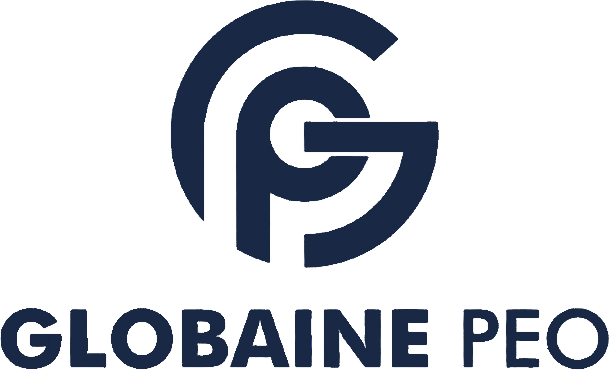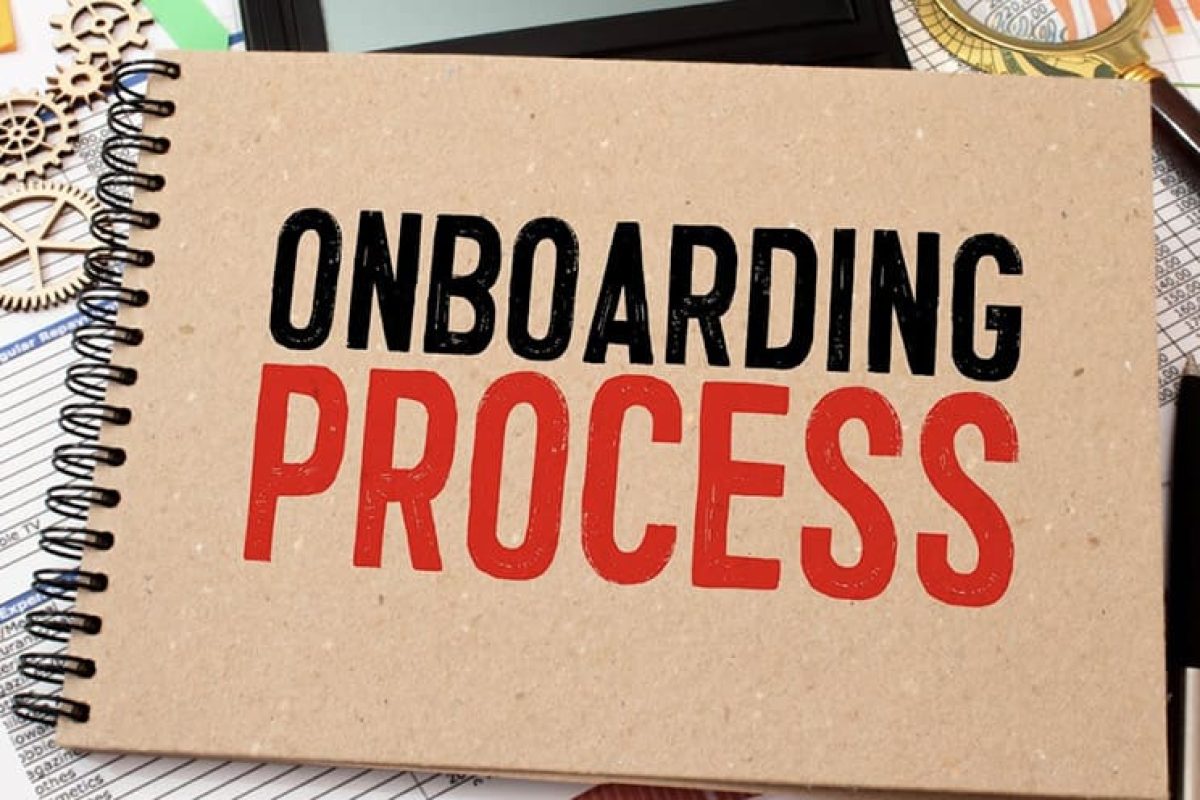Key documents for employee onboarding in Argentina are crucial to ensure a smooth integration of new hires into your organization while complying with Argentine labor laws. Below is a comprehensive guide to the key documents and processes required for onboarding employees in Argentina:
Onboarding Process: Step-by-Step Explanation
Step 1: Job Offer and Acceptance 📩
Trigger: After selecting the right candidate.
Action:
- Job Title: Clearly define the position, job responsibilities, and reporting structure.
- Compensation: Outline salary, bonuses, allowances (such as transportation or meal vouchers), and other benefits.
- Start Date: Set an agreed-upon date for the employee’s start of work.
- Working Hours: Specify working hours (typically 48 hours per week, distributed over 6 days).
- Benefits Overview: Include details about mandatory benefits such as health insurance, vacation days, and pension contributions.
- Probation Period: Typically 3 months, during which the employee can be terminated with shorter notice periods.
Outcome: A signed offer letter allows the process to move to the formal contract stage.
Step 2: Employment Contract 📝
When It’s Used: Once the job offer is accepted.
Action:
- Job Description: Clearly define the scope of work and specific responsibilities.
- Compensation: State salary, allowances, overtime rates, and any additional benefits.
- Leave Entitlements:
- Annual Leave: Minimum of 14 days per year.
- Sick Leave: Employees are entitled to paid sick leave, with the length determined by the employment contract.
- Parental Leave: Eligible employees can access paid or unpaid leave as per Argentine labor law.
- Working Hours: Specify regular hours and any applicable overtime policies (overtime compensation is typically 1.5x regular pay).
- Termination Conditions: Include the notice period (typically 15 days) and grounds for termination.
Outcome: A signed employment contract ensures legal compliance and mutual understanding of terms.
Step 3: Work Permit and Residency 📑
When It’s Used: Before the employee begins work.
Action:
- Work Visa: Foreign employees must obtain a work permit or visa if applicable, especially for non-MERCOSUR citizens. Employers sponsor this process through the Argentine National Immigration Office.
- Residency Permit: Non-MERCOSUR employees may need to apply for a residency permit to work legally in Argentina.
- Medical Examination: Certain industries may require a health checkup before employment.
Outcome: The employee is legally authorized to live and work in Argentina.
Step 4: Tax and Social Security Registration 💰
When It’s Used: Before the first salary payment.
Action:
- Tax Registration: Employees must register with the Argentine tax authorities (AFIP) to receive a unique taxpayer identification number (CUIT).
- Social Security Contributions: Employees and employers both contribute to Argentina’s social security system (ANSES), covering pensions, healthcare, and other benefits. Contributions are deducted from the employee’s salary.
- Bank Account: Employees must open an Argentine bank account for salary payments.
Outcome: Employees are financially integrated into Argentina’s payroll system and compliant with tax regulations.
Step 5: Health and Safety Orientation 🦺
When It’s Used: On the employee’s first day or earlier.
Action:
- Safety Protocols: Familiarize employees with workplace safety procedures, including emergency exits, fire safety, and first-aid measures.
- Emergency Procedures: Provide training on emergency procedures such as evacuation plans and medical emergencies.
- PPE Provision: Ensure employees are provided with any necessary personal protective equipment (PPE) based on their role, particularly in high-risk work environments.
Outcome: Employees are prepared to follow safety protocols and contribute to a safe work environment.
Step 6: Payroll and Benefits Enrollment 📊
When It’s Used: Within the first week of employment.
Action:
- Bank Details: Collect details for salary processing and bank account setup.
- Benefits Enrollment: Ensure the employee is registered for mandatory benefits like health insurance and pension plans. Optional benefits such as transportation and meal allowances can also be discussed.
- Gratuity System: Argentina has a 13th-month salary, which is typically paid as a Christmas bonus. It is calculated as one-twelfth of the annual salary.
Outcome: Employees are seamlessly integrated into the company’s payroll and benefits system.
Step 7: Policies, Training, and Feedback 📚
When It’s Used: Throughout the first month and probationary period.
Action:
- Company Policies: Share the organization’s code of conduct and HR guidelines, ensuring employees understand workplace rules and expectations.
- Training Programs: Conduct onboarding sessions covering company culture, values, and role-specific tasks.
- Feedback Mechanism: Provide regular feedback during the probationary period to assess performance and integration into the team.
Outcome: Employees are fully aligned with organizational standards and expectations.
Summary Table of Key Onboarding Steps in Argentina
| Step | Action/Details |
|---|---|
| Step 1: Job Offer | Job Title, Compensation, Start Date, Working Hours, Benefits |
| Step 2: Employment Contract | Job Description, Salary, Leave Entitlements, Termination Terms |
| Step 3: Work Permit & Residency | Work Visa, Residency Permit, Medical Examination |
| Step 4: Tax & Social Security | Tax Registration (CUIT), Social Security Contributions (ANSES), Bank Account Setup |
| Step 5: Health & Safety | Safety Guidelines, Emergency Procedures, PPE |
| Step 6: Payroll & Benefits | Bank Details, Health Insurance, Pension Contributions, 13th-Month Salary |
| Step 7: Policies & Training | Code of Conduct, Job-Specific Training, Probation Reviews |
Key Takeaways:
- Employment contracts in Argentina must clearly outline job roles, compensation, leave entitlements, and termination terms.
- Work permits and residency are required for foreign employees and should be obtained before the employee starts working.
- Tax and social security registrations are mandatory for employees and must be completed before the first salary payment.
- Health and safety training ensures that employees understand workplace protocols, especially in higher-risk environments.
- A structured onboarding process helps integrate new employees, ensuring legal compliance and a smooth transition into your organization.
GlobainePEO – Your Trusted Partner
By partnering with GlobainePEO, you can streamline the onboarding process in Argentina. We manage compliance, payroll, and benefits, ensuring that all legal requirements are met, so you can focus on growing your business with confidence.

